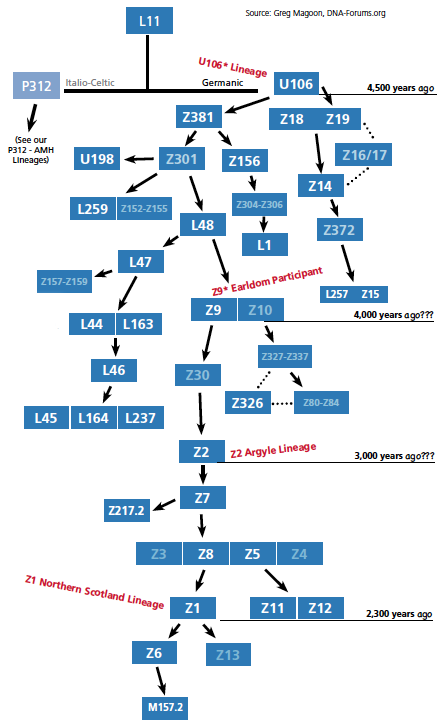By Steve St Clair
Data can come from many areas. One of the keys to getting more from your participation in the Sinclair DNA study is to be open to where you get new information.
Study the names in your STR matches, and especially your SNP matches. (The SNP matches are irrefutable.) If you're a student of medieval history, you might recognize some of them from their time in England or when they first got into Scotland.
Keep in mind, the time you share a common ancestor with them might be before the time that surnames became fixed. In my own SNP matches, a researcher found a name that came north into Scotland and received land in Scotland from the de Morville family. He thinks they changed their name to the new land they were living on. If you didn't know this, you'd think they were one of the traditional Highland families. This is throwing off many of the researchers in my SNP.
Think those Irish names in your Sinclair DNA matches originated in Ireland and are proof you're pictish? Check them carefully and read the books on ancient history. You might find out they got to Ireland right after the Norman Conquest of England.
The video above has two different ways of combining DNA name-matches with historical research.
- Using FTDNA's Family Finder's name matches, then going in to look for mentions in Google Books.
- Using SNP matches, then looking into good medieval records online.






